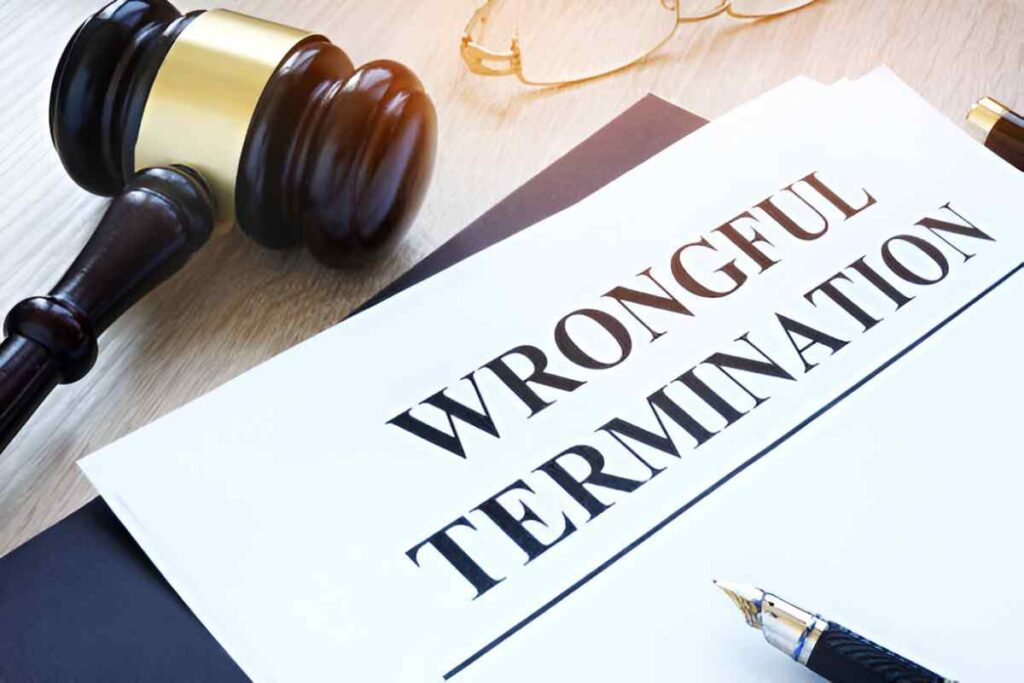Understanding how local governments manage money can feel like deciphering a foreign language. Yet, as taxpayers, we fund these systems, and knowing where our dollars go matters. In this guide, I break down the mechanics of local authority bills—how they work, where the money comes from, and how it gets spent.
Table of Contents
What Are Local Authority Bills?
Local authority bills, often called municipal bills, are charges imposed by city or county governments to fund public services. These include property taxes, utility fees, and special assessments. Unlike federal taxes, which fund nationwide programs, local bills pay for schools, roads, police, and waste management—services we interact with daily.
The Structure of Local Government Financing
Local governments rely on three primary revenue sources:
- Taxes (property, sales, income)
- Fees (utilities, permits, fines)
- Intergovernmental transfers (state and federal grants)
Let’s examine each in detail.
1. Property Taxes: The Backbone of Local Revenue
Property taxes make up nearly 72\% of local tax revenue in the U.S., according to the Urban Institute. The formula to calculate them is straightforward:
\text{Property Tax} = \text{Assessed Value} \times \text{Tax Rate}Example: If your home’s assessed value is \$300,000 and the local tax rate is 1.5\%, your annual property tax would be:
\$300,000 \times 0.015 = \$4,500How Assessments Work
Assessors determine property value based on market conditions, improvements, and comparable sales. Some states cap annual increases—for instance, California’s Prop 13 limits increases to 2\% per year unless the property is sold.
| State | Assessment Cap | Average Effective Rate |
|---|---|---|
| California | 2% | 0.73% |
| Texas | 10% | 1.69% |
| New Jersey | None | 2.13% |
Table 1: Property tax variations across states.
2. Sales and Income Taxes: Secondary Revenue Streams
Not all localities impose sales or income taxes. Those that do often use them to supplement property taxes.
Sales Taxes
Local sales taxes range from 0\% to over 5\%, stacked atop state rates. For example:
\text{Total Sales Tax} = \text{State Rate} + \text{Local Rate}If a state charges 4\% and the city adds 2\%, the total becomes 6\%.
Income Taxes
Only 16 states allow local income taxes. Ohio, for instance, lets cities levy earnings taxes up to 2.5\%.
3. Fees and Fines: Pay-for-Use Services
Localities charge fees for utilities (water, sewage), permits (construction), and fines (parking violations). Unlike taxes, fees are tied directly to service usage.
Example Water Bill Calculation:
\text{Total Water Bill} = \text{Base Fee} + (\text{Gallons Used} \times \text{Rate per Gallon})If the base fee is \$20, usage is 4,000 gallons, and the rate is \$0.005 per gallon:
\$20 + (4,000 \times 0.005) = \$40Where Does the Money Go?
Local budgets allocate funds across essential services. A typical breakdown looks like this:
| Category | Average Allocation |
|---|---|
| Education | 40% |
| Public Safety | 20% |
| Infrastructure | 15% |
| Health & Welfare | 10% |
| Administration | 5% |
| Other | 10% |
Table 2: Typical local government expenditure distribution.
Case Study: A City’s Budget
Suppose a city collects \$100 million in revenue. Based on Table 2:
- Education: \$40 million
- Public Safety: \$20 million
- Infrastructure: \$15 million
This allocation reflects priorities—schools and police often dominate spending.
The Role of Bonds and Debt
Localities borrow via municipal bonds to fund large projects (roads, schools). Bonds are repaid over time with interest.
\text{Debt Service} = \text{Principal} + \text{Interest}If a city issues a \$10 million bond at 3\% interest over 20 years, annual payments would be:
Using the annuity formula:
P = \frac{r \times PV}{1 - (1 + r)^{-n}}Where:
- P = annual payment
- r = interest rate (0.03)
- PV = present value (\$10,000,000)
- n = years (20)
Plugging in:
P = \frac{0.03 \times 10,000,000}{1 - (1 + 0.03)^{-20}} \approx \$672,000Challenges in Local Financing
- Revenue Volatility: Sales taxes dip during recessions.
- Unfunded Mandates: States may require programs without providing funds.
- Pension Liabilities: Retiree benefits strain budgets.
Example: Pension Shortfalls
If a city promises \$50 million in pensions but only sets aside \$30 million, the \$20 million gap must be covered later, often through tax hikes.
How to Read Your Local Authority Bill
- Identify Charges: Taxes, fees, and special assessments should be itemized.
- Check Assessments: Verify property valuations are accurate.
- Understand Due Dates: Late payments incur penalties.
Final Thoughts
Local authority bills fund the services we depend on. By understanding how they work, we can engage more effectively in civic discussions, advocate for fair taxation, and hold officials accountable. Next time you receive a property tax statement or water bill, you’ll see beyond the numbers—you’ll see the machinery of community financing at work.





